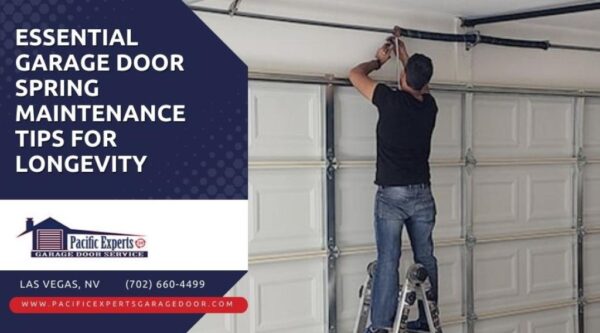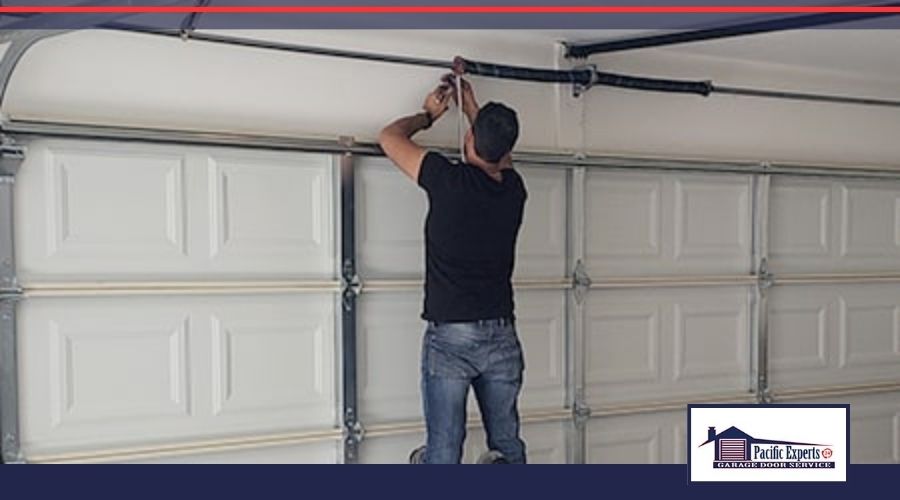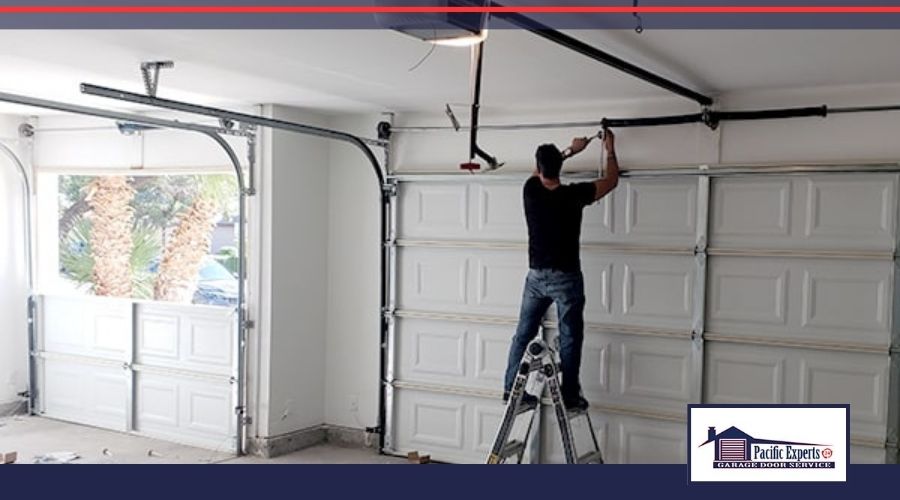Garage doors are an integral part of many households. They protect our vehicles, act as a barrier to external elements, and sometimes even serve as the main entrance to our homes. One of the primary components of a garage door that ensures it functions efficiently is the springs. A simple coil of metal might seem insignificant, but the springs carry the door's entire weight, allowing it to open and close effortlessly. Regular garage door spring maintenance is not a luxury, it’s a necessity. It's about ensuring the safety of your family, prolonging the life of your door, and saving yourself from unexpected repair costs. This guide serves as a comprehensive resource for all homeowners, giving you insights into the care, maintenance, and understanding of garage door springs.
- Understanding Garage Door Springs
- Types of Springs
- Why Spring Maintenance Matters
- The Basics of Garage Door Safety
- Conducting a Regular Inspection
- The Inspection Routine
- Tools Needed for Inspection
- Lubrication: The Key to Smooth Operation
- Preventive Measures and Maintenance Checklist
- Recognizing the Signs for Spring Replacement
- Ensure Your Garage Door's Longevity with Our Help
- Frequently Asked Questions
- How often should I inspect my garage door springs?
- What is the average lifespan of a garage door spring?
- How can I safely adjust my garage door springs?
- What's the difference between torsion and extension springs?
- Why is lubrication important for garage door springs?
Understanding Garage Door Springs
Garage doors, despite their solid appearance, rely on a delicate balance. The springs are a crucial part of this balance. Without them, the heavy door would be nearly impossible to lift.
Types of Springs
Torsion springs are typically mounted horizontally above the door, and they twist as the door moves. Extension springs, on the other hand, extend and contract, running parallel to the garage door tracks. Both types are essential and have specific maintenance needs.
Why Spring Maintenance Matters
The health of your springs directly affects the safety and efficiency of your entire garage door system. When springs are neglected, not only can they break, causing potential injury or damage, but other parts of the door can wear out faster due to the added strain.
The Basics of Garage Door Safety
We often overlook garage doors when thinking about home safety. However, a malfunctioning door poses serious risks.
- Springs under tension store a significant amount of energy. If they break without safety measures in place, they can cause harm. This is where safety cables come in, especially for extension springs. They act as a backup, containing the spring if it were to break.
- Regular inspections can identify weakened springs before they break. If you notice gaps in torsion springs or overly stretched extension springs, it's time for a replacement.
Conducting a Regular Inspection
Prevention is better than cure, and for garage doors, this means regular inspections.
The Inspection Routine
- Your garage door should move smoothly, without jerks or stalls. Inspect springs, cables, and rollers for signs of wear and tear. Listen for unusual noises, which might indicate problems.
- Balancing is crucial. An unbalanced door places undue strain on springs and the door opener. You can check your balance by manually lifting the door and noting any resistance or tendency to fall.
Tools Needed for Inspection
Garage door maintenance doesn’t require specialized tools. A basic toolkit, combined with some garage-specific items like lubricants, can help you keep your door in top shape.
Lubrication: The Key to Smooth Operation
Lubrication is to a garage door what oil is to a car engine. It ensures smooth movement and reduces wear. Oiling your springs, rollers, and cables not only makes your door quieter but also extends the parts' life. Proper lubrication prevents rust and ensures a seamless spring lifecycle. It's a simple step that has a profound impact on the door’s longevity.
Preventive Measures and Maintenance Checklist
Routine checks and timely maintenance can prevent most garage door issues.
- Changes in temperature and humidity during different seasons affect your garage door’s performance. Seasonal care might include tightening loose bolts or lubricating moving parts.
- Spring adjustments should be approached with caution. If the door isn’t balanced, it might be tempting to adjust the springs yourself. However, due to the high tension they're under, always consider professional help for significant adjustments.
Recognizing the Signs for Spring Replacement
Springs are durable, but they don't last forever. Keep an eye out for signs of aging, like a sagging door or one that doesn’t fully open. If your door opens at an angle, it might indicate one spring is weaker than the other. Being aware of the spring lifecycle helps anticipate replacements.
Ensure Your Garage Door's Longevity with Our Help
Garage door springs might be out of sight, but they should never be out of mind. Regular maintenance ensures your door operates safely and efficiently. By taking care of the springs, you’re not just ensuring a functional door but also investing in the safety and security of your home.
Now that you're equipped with the knowledge of proper garage door spring maintenance let's turn our attention to Pacific Experts Garage Door Repair, your trusted partner in Summerlin, NV, for all your garage door needs. We have a team of professional garage door maintenance and repair technicians to ensure your garage door operates flawlessly. Don't wait until it's too late, Call us now at (702) 727-1152.
Frequently Asked Questions
How often should I inspect my garage door springs?
Regular inspections are a must. Ideally, a brief check every month can help spot potential problems. However, a thorough inspection, including lubrication and balance checks, should be done every six months. Regularity ensures small issues are caught before they escalate.
What is the average lifespan of a garage door spring?
Torsion springs generally last between 15,000 to 20,000 cycles, while extension springs have a lifespan of 10,000 to 15,000 cycles. A cycle represents one opening and closing of the door. For a door used 4 times daily, torsion springs might last 10-14 years, while extension springs might last 7-9 years.
How can I safely adjust my garage door springs?
Adjusting springs is not a DIY task for most homeowners because of the risk involved. If minor adjustments are needed, always ensure you've read your garage door's manual thoroughly. For significant adjustments or replacements, it's always best to call a professional.
What's the difference between torsion and extension springs?
Torsion springs operate using torque (twisting). They're mounted above the door and twist as the door moves. Extension springs run alongside the door's tracks and expand and contract as the door moves. While torsion springs are typically more durable and can better handle heavier doors, extension springs are often used for lighter doors and are more cost-effective.
Why is lubrication important for garage door springs?
Lubrication reduces friction, ensuring that springs function smoothly. It prevents premature wear and tear and protects against rust. A well-lubricated spring ensures consistent tension and efficient door operation. Regular lubrication can also significantly extend the spring's lifespan.





